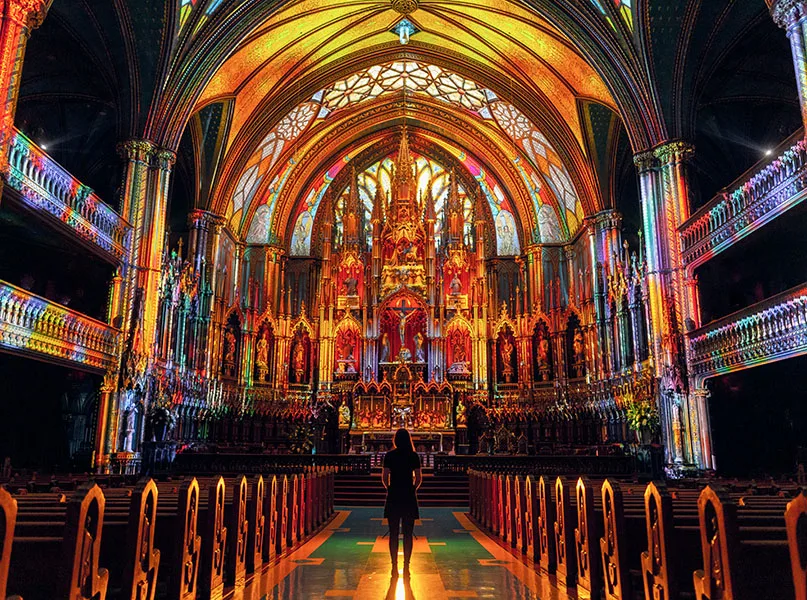Yves Lalumière, President and CEO of Tourisme Montréal, shares insights on the city’s evolving tourism strategy, highlighting new sustainability initiatives, the importance of winter tourism, and the spirited celebration of local culture.
Q&A WITH TOURISME MONTREAL
Firstly, how has Tourisme Montréal’s overall mission and vision changed since our last conversation?
Yves Lalumière, President and CEO (YL): The summer kicked off with the Formula 1 (F1) Grand Prix, where we are a major sponsor. It’s an enormous event, attracting 350,000 fans.
We work incredibly hard on this occasion from both a public relations and government relations perspective and are excited to have renewed our partnership until 2035.
F1 has strengthened its sustainability commitments to ensure they align with the highest international standards. This reassures attendees concerned about sustainability and reflects today’s evolving regulatory framework.
We have partnered with La Tablée des Chefs, a non-profit organisation tackling food insecurity and waste. We have our ecosystem attractions, as well as a variety of food and catering options, conventions, and more to ensure any leftover meals are saved and surplus food is distributed. We’re actively promoting that and it is doing exceptionally well, deepening our commitment to sustainability.
We’re very proud to be ranked number one amongst big cities in North America on the Global Destination Sustainability Index. To deepen our engagement, we’ve also invested more time into being a four-seasons destination in North America; there are not many of those – we’ve decided to re-engage in winter and reinvest in the tourism product.
We have Igloofest, a large electronic festival, so we’ve decided to invest in infrastructure to ensure folks coming to our city in winter have as much fun as they do in the summer.
We’re also attempting to attract international sporting events. We recently hosted the 4 Nations Face-Off ice hockey tournament and Presidents Cup golf competition, so we’re very active on the sports scene and continue to engage in it.
Being aggressively involved in product development locally, we have programmes for promoters who want to change the landscape and offer unique attractions. We’ve just launched Montréal Bungee, the tallest bungee tower in Canada – that’s a new product for us and we’re working to ensure our visitors enjoy it.
We often say that Montréal is the playground of Canada, which is a nice way to position the destination.
In June, we had Les Francos de Montréal, a large festival which features French music. In the same month, we had the Festival International de Jazz de Montréal, the world’s largest jazz festival, and the Just For Laughs comedy festival.
Now that we’ve started focusing heavily on gastronomy, Montréal is second only to New York in terms of the number of restaurants per square mile in North America. The city’s attributes are its vibe, festival and cultural scene, and gastronomy and the diverse products coming from various regions.
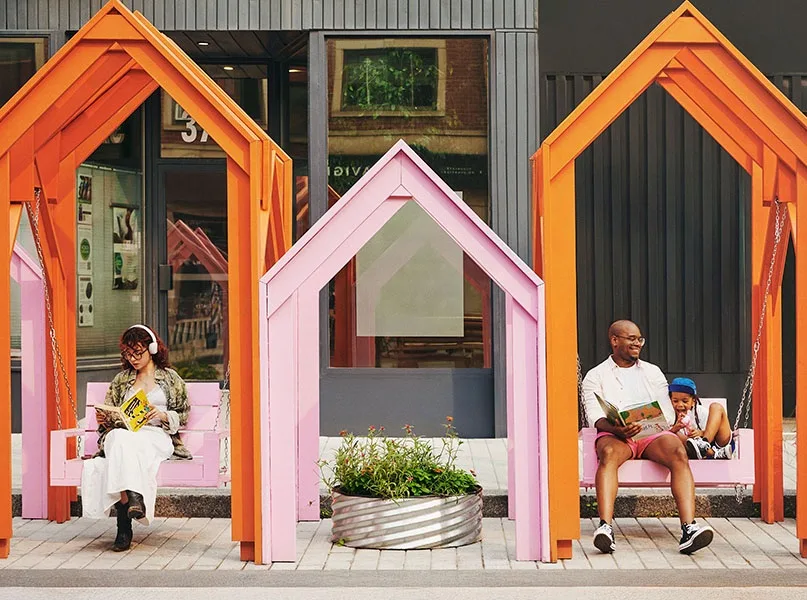
Are there any projects Tourisme Montréal is currently developing for the tourism industry?
YL: We never stop, but I think the first is just a further deepening of our relationship with restaurants. The top 100 chefs in Canada receive a complimentary 18-month membership and are featured on our highly active website.
We are also focused on promoting our cycling paths. Montréal is amongst the top 10 cities in the world on the Copenhagenize Index, particularly in terms of biking; this is a big feature of our city.
I would also say dispersing visitors by focusing on different neighbourhoods helps ensure they’re not all concentrated downtown.
We’ve won numerous awards for our marketing campaigns, including one in Europe, where we created the ‘Bring the Flame to Montréal’ campaign. The Olympic torch is coming to Montréal, one of the largest French-speaking cities, and will be available to watch on YouTube and our website.
What is the most remarkable aspect of Montréal, and what makes the city so fascinating?
YL: It’s definitely the vibe of our city, the hospitality, and the openness. The international feel we have is a bit like London.
We offer 57 different cuisine varieties, which is significantly more than many destinations worldwide, and over half the people here speak three different languages.
The number of universities is second only to Boston, resulting in a large number of young people and international students. We have significantly expanded our network, now offering double the number of direct routes and destinations.
Our airports include new destinations such as Tokyo and Dubai, as well as various cities in India, so we have truly established ourselves as an international hub.
We’re at the crossroads of the US and Europe; Montréal is a great entrance into North America. Diversification is a keyword now because you never know who your friends, allies, and enemies are.
The different markets that we prioritise are a key factor for us. Therefore, if the US is not coming, we know that folks from Tokyo are. However, daily flights are also coming into the city which is an important point, especially in uncertain times.
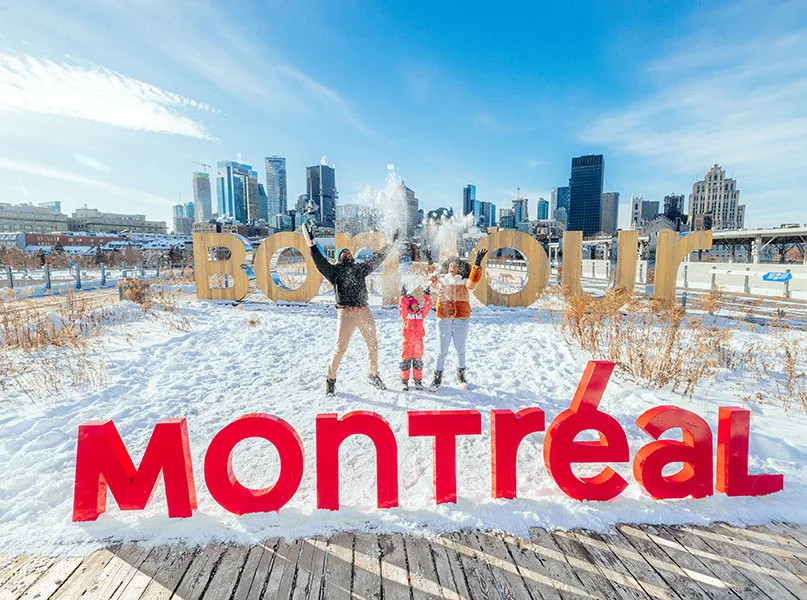
What eco-friendly initiatives does Tourisme Montréal implement, and how does it promote sustainable travel?
YL: We’ve implemented carbon offset tools on our site and joined the Global Sustainable Tourism Council – one of the very few destinations in North America to do so.
We continue to work with the Global Destination Sustainability Index, where we’re ranked number one and are amongst the top five destinations in the world. We are very engaged in that, but we try to balance the commercial aspect with sustainability and equity.
On the board, we have parity between women and men, and we also have diversity. We’re strong in marketing and sales and have an appetite for product development, allowing our visitors to enjoy a wide range of activities.
I’d say we’re a strong player in the Canadian ecosystem and a good example of a tourism office globally.
Additionally, we’ve created an emergency fund for climate change. We’ve put CAD$1 million together for those who have been impacted by climate change, so that’s a very creative initiative.
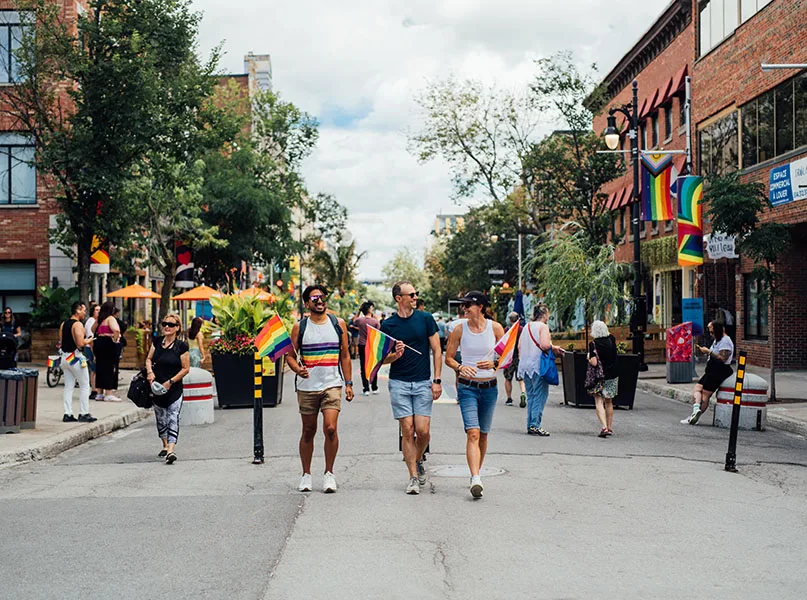
Are there any notable festivals or events that visitors should prioritise?
YL: The city prides itself on providing subsidies for all kinds of festivals, including music, comedy, and more.
We had renowned comedian Dave Chappelle at the Just For Laughs festival in July, and there were a lot of international comics in the city for the festival.
Then there is the Festival International Nuits d’Afrique, the Montréal International Black Film Festival, and the Blue Metropolis International Literary Festival; we have around 100 festivals and many of them focus on diversity, which is very interesting.
We have many events that also focus on music, such as OSHEAGA. It’s amazing that we’ve got something like this on our island. Another great event is ÎLESONIQ, an electronic dance music festival that’s non-stop until the end of September.

What are some must-see neighbourhoods and cultural attractions in Montréal?
YL: Montréal is where many of the festivals take place, and beside it, there’s Parc Jean-Drapeau. We also have the Quartier des Spectacles, which is similar to the London theatre district and where all the shows happen.
Downtown Montréal is another area where visitors enjoy themselves. We also have 1,200 parks, a unique feature that many cities in North America lack.
All of the districts in Old Montréal are like living in Paris for a weekend. It used to be that we promoted ourselves as the Paris of North America; it’s a nice way of highlighting the entire region.
We also have districts like Mile End, which has been featured in Time Out magazine reviews, and Wellington Street, which is considered the coolest street in the world by the publication.
There is a lot to do outside the downtown area that appeals to the whole family.
As a destination for LGBTQ+ communities, what activities promote inclusivity and diversity?
YL: It is such an important issue because a lot of states in the US are being avoided by conferences, so we’re picking up a lot of that traffic. They’re deciding to go to Montréal as we’re very open and diverse, so that’s been an opportunity for us.
I believe we are the largest Pride city in the francophone world, featuring a large parade and numerous activities in August. We also have a thriving year-round queer scene including drag shows and bars.
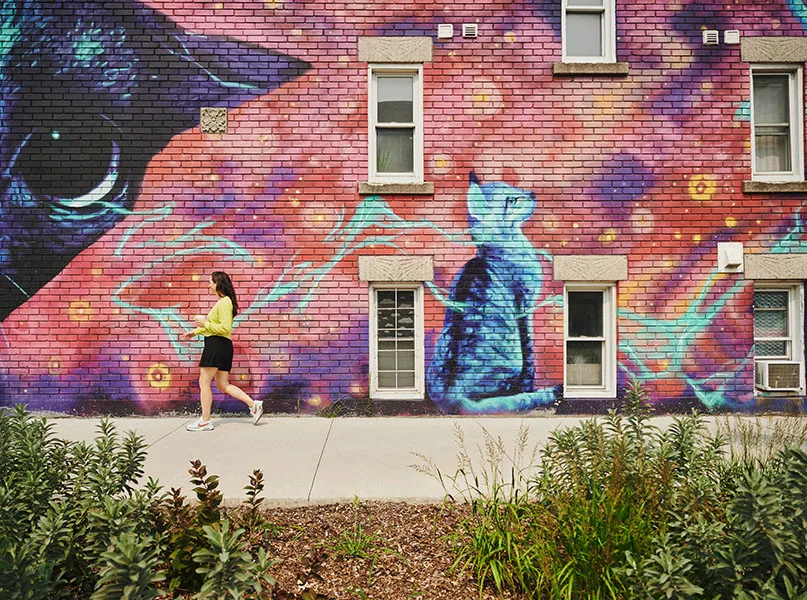
What makes Montréal a destination worth visiting in all four seasons of the year?
YL: There is foliage in the fall. The leaves are changing colour, which appeals to the Asian markets quite a bit and Americans to a large extent as well.
We’re currently developing our campaigns. We have money for our campaign in the winter, which is unlike any other winter because there is a plethora of cultural events.
It’s as warm and as cold as you want as well, so a very different way of positioning winter is presented. If you visit our site, you will see how distinct it is due to the numerous outdoor activities we offer at Igloofest, one of the key winter festivals.
We have no qualms about selling the winter season because our summer is already packed with numerous festivals. Extending the summer to ensure we invest more in the winter season has been our focus when promoting seasonal activities.
This year, we’ve also decided to inform people, especially Americans and Europeans, about the value of the Canadian dollar.
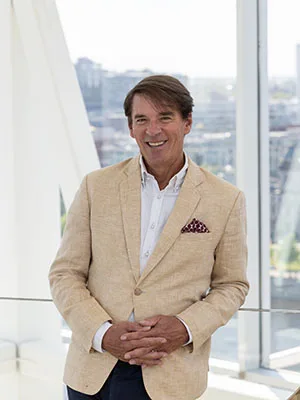
“We have no qualms about selling the winter season because our summer is already packed with numerous festivals. Extending the summer to ensure we invest more in the winter season has been our focus when promoting seasonal activities”
Yves Lalumière, President and CEO, Tourisme Montréal
Finally, are you optimistic about the future of the tourism industry, and how do you see it progressing in the next five years?
YL: The number of aircraft being built is a reason to be optimistic because everybody wants to travel.
There are opportunities in Asia, particularly China, as well as Russia, amongst others. These are all markets that are currently closed but will likely bounce back at some point.
Despite the continued growth before and after the COVID-19 pandemic, there are reasons to be optimistic considering the number of runways being built and the global growth of Airbnb.
It’s all about growing; now, it’s a matter of growing sustainably and everybody needs to be more in tune with reality.
I’ve always been very bullish on tourism and travel, and it’s the same with cruise lines. The number of sustainable ships is growing and more smaller destinations are being served; downsizing is a very positive trend for the industry.
There are 2.7 visitors to Montréal for every resident. There has to be balance, and that’s why we have our Harmonious Destination initiative, which addresses our sustainability aspect.
There should be an equilibrium between the number of residents and visitors and they should be spread throughout the city.
